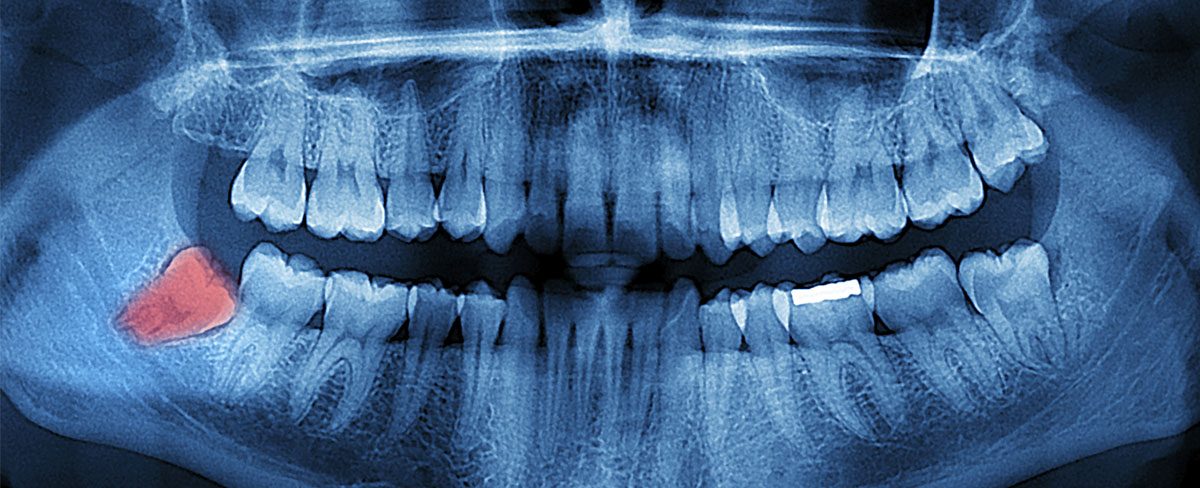Panorex

Panoramic dental x-ray uses a very small dose of ionizing radiation to capture the entire mouth in one image. It is commonly performed by dentists and oral surgeons in everyday practice and may be used to plan treatment for dentures, braces, extractions, and implants.
This exam requires little to no special preparation. Tell your doctor if there is a possibility you are pregnant. Remove any jewelry, eyeglasses or metal objects that might interfere with the x-ray images. You will be asked to wear a lead apron to protect the rest of your body from any radiation exposure.
What are some common uses of the procedure?
A panoramic x-ray is a commonly performed examination by dentists and oral surgeons in everyday practice and is an important diagnostic tool. It covers a wider area than a conventional intraoral x-ray and, as a result, provides valuable information about the maxillary sinuses, tooth positioning, and other bone abnormalities. This examination is also used to plan treatment for full and partial dentures, braces, extractions, and implants.
A panoramic x-ray can also reveal dental and medical problems such as:
- advanced periodontal disease
- cysts in the jaw bones
- jaw tumors and oral cancer
- impacted teeth including wisdom teeth
- jaw disorders (also known as temporomandibular joint or TMJ disorders)
- sinusitis
What are the benefits vs. risks?
Benefits
- No radiation remains in a patient’s body after an x-ray examination.
- X-rays usually have no side effects in the typical diagnostic range for this exam.
- Panoramic x-rays can be used for very young children since the film does not have to be placed inside the mouth.
Risks
- Women should always inform their dentist or oral surgeon if there is any possibility that they are pregnant.

